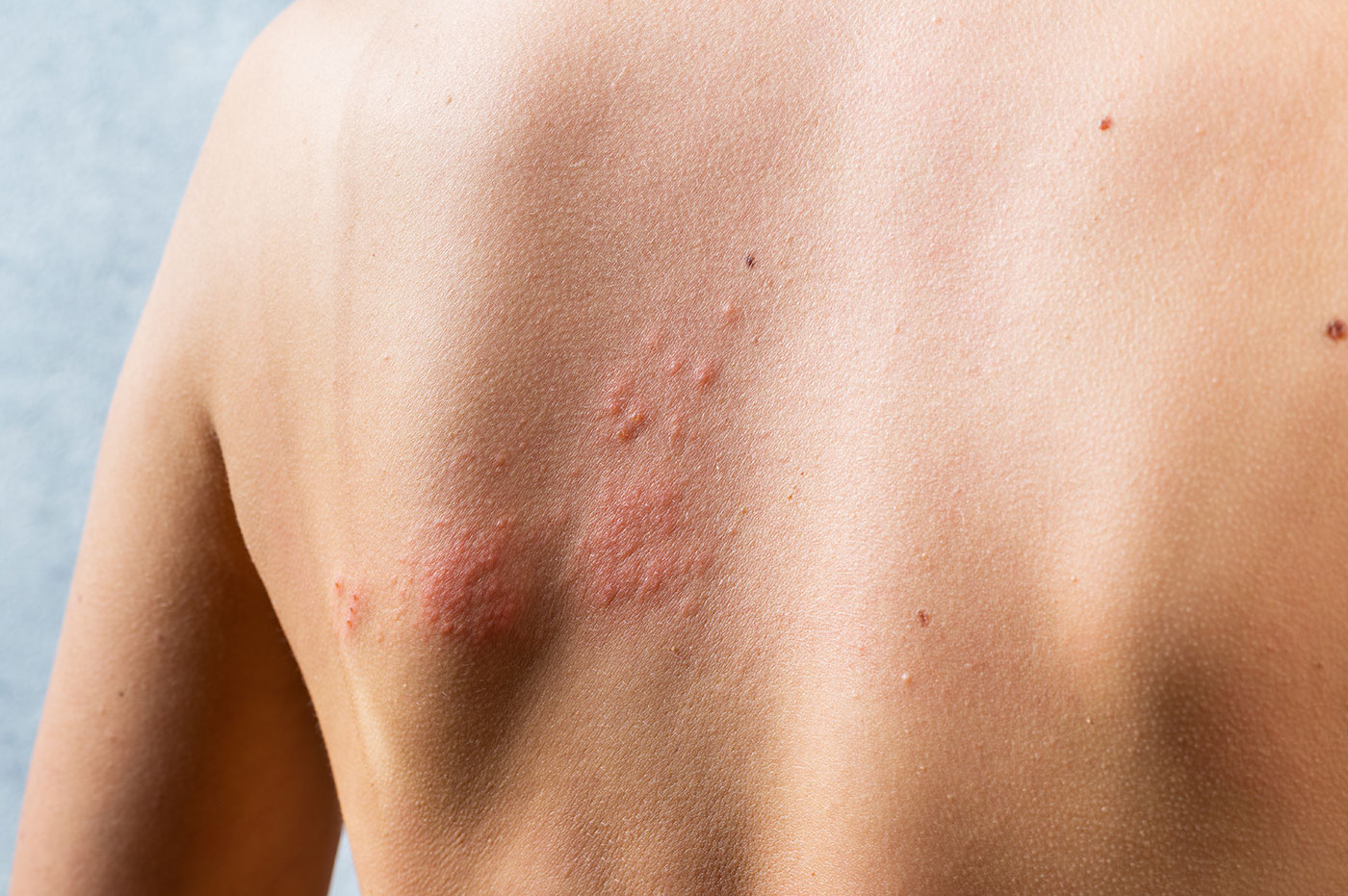Contact Dermatitis Education with Dr. Brian Matthys
Are you experiencing red, itchy, or blistering skin? As spring blossoms, so do potential contact allergens, often leading to a common rash known as contact dermatitis.
Contact dermatitis, often triggered by outdoor elements like poison ivy, poison oak, or sumac, is a frequent concern. These plants contain urushiol, an oily resin causing blistering and itching upon contact. The rash typically emerges within 12-48 hours post-exposure and spreads through direct touch, contaminated objects, or even through pet fur.
Symptoms
- Blistery rash
- Red, itchy skin
- Swelling
The resin from these plants can leave a dark black residue, although it’s important to note that the fluid from the resulting blisters is not contagious.
Treatment
Prevention is key, involving measures such as avoiding contact with the plants, wearing protective clothing, and promptly washing skin or pet fur post-exposure. In case of exposure, various treatments are available depending on severity:
- Oatmeal baths
- Calamine lotion
- Topical corticosteroids
- Oral prednisone for severe cases
Dr. Brian Matthys emphasizes the importance of prevention and prompt treatment in managing contact dermatitis. By staying informed and taking proactive measures, you can effectively navigate through allergic skin reactions and enjoy the spring season to the fullest.
If You’re Experiencing Symptoms, Don’t Wait. Take Action Today.
As you navigate through the potential challenges of allergic skin reactions and contact dermatitis, remember that you’re not alone. The Epiphany Dermatology team is here to offer expert guidance and support every step of the way. If you’re experiencing symptoms such as redness, itching, or blistering skin, don’t hesitate to take action. Your skin health is our priority, and booking an appointment with us is the first step toward finding relief and regaining confidence in your skin.
Reach out today to schedule your consultation and let us help you on your journey to healthier, happier skin.


